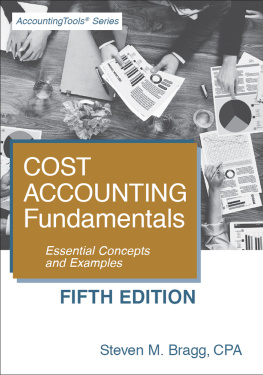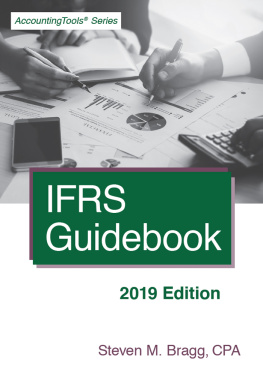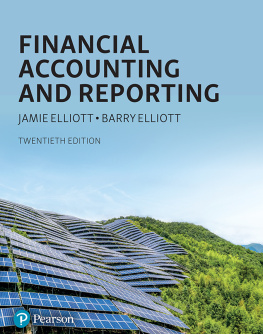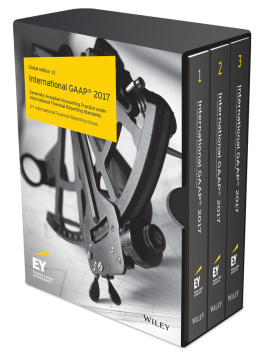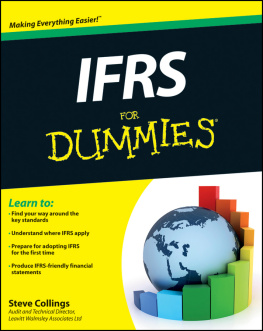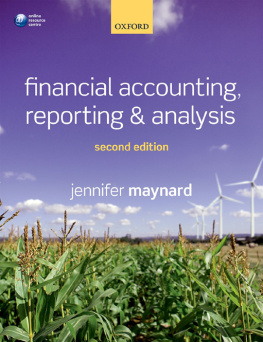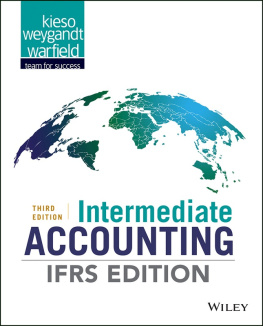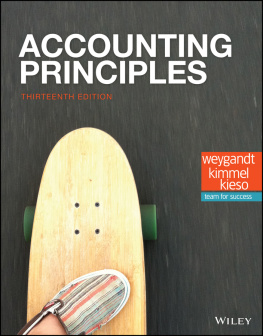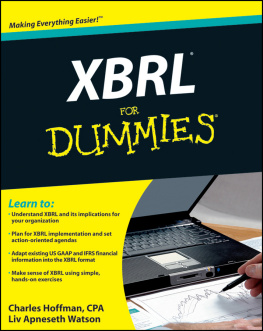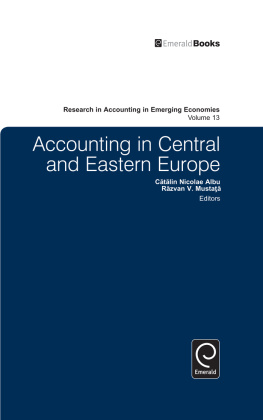Chapter 1
Revenue Recognition
Introduction
Many entities stretch the boundaries of how much revenue they can recognize within an accounting period, since they want to show exceptional revenue growth to their investors and creditors. This tendency has resulted in a number of IFRS rulings regarding the appropriate recognition of revenue. Most such rulings are relatively simple, single-paragraph statements, but others are more complex. The next section deals with the simpler revenue recognition rules, while other, more complex areas are addressed later in separate sections.
Revenue Recognition Rules
This section contains the bulk of all revenue recognition rules under IFRS, in alphabetical order. More complex revenue recognition situations, such as construction projects and customer loyalty programs are dealt with later, in separate sections. The simpler revenue recognition rules are:
- Admission fees. The fees generated from artistic performances and other special events are recognized when the event takes place. If the seller is selling subscriptions to a number of events, then it allocates the subscription to each event covered by the subscription, based on the extent to which services are performed at each event.
- Advance payments. The buyer may send either full or partial payment to the seller in advance of the delivery of goods. The seller may not yet have the items in inventory, they may still be in the production process, or they will be drop shipped by a third party. Under these circumstances, the seller should not recognize revenue until the goods are delivered to the buyer.
- Barter exchange. A transaction does not generate revenue if it involves the exchange of goods or services of a similar nature or value. If the exchange is for dissimilar goods or services, the transaction does create revenue; this is measured at the fair value of the goods or services received, as modified by the amount of any cash transferred. If the fair value of received goods or services cannot be reliably measured, then use instead the fair value of the goods or services given up, as modified by the amount of any cash transferred.
- Bill and hold. In a bill and hold sale, the buyer requests that delivery be delayed, but accepts billing and takes title to the goods. The seller recognizes revenue when the buyer takes title and the following conditions are satisfied:
- Cash on delivery terms. If a seller is selling goods based on cash on delivery terms, then it should recognize revenue when it delivers the goods and collects the cash from the transaction.
- Deferred payments. In the event of a deferred cash payment, the fair value of the consideration received may be reduced. When a delayed payment effectively constitutes a financing transaction, recognize revenue as the discounted cash flow of the transaction, using an imputed interest rate that is the more clearly determinable of either a) the prevailing interest rate for a similar transaction by an entity with a similar credit rating; or b) a rate of interest that discounts the transaction to the current cash price of the underlying goods or services.
Example
Snoring Sofas is offering a year-end deal for its luxury leather sofas, under which customers can either pay 2,000 in cash or a zero-down payment with 24 monthly payments of 100 each, totaling 2,400. Since there is a difference of 400 between the cash price and the extended terms, the zero-down payment deal is essentially comprised of separate financing and sale transactions. For any sale under the zero-down payment plan, Snoring should record a sale of 2,000, which is the amount of consideration attributable to the sofa. The difference between the cash price and the total payment stream is interest revenue, and Snoring should record it under the effective interest method over the two-year payment period.
- Goods sold. If goods are sold, then measure revenue at the fair value of the consideration received, taking into account the amount of any trade discounts and volume rebates accepted by the entity. When paid in cash, recognize revenue only for the amount of cash received or receivable. You can only recognize revenue from the sale of goods when all of the following conditions have been recognized:
- Benefits assured. The economic benefits associated with the transaction will flow to the entity.
- Costs measurable. The costs related to the transaction can be reliably measured.
- Ownership relinquished. The entity no longer retains management control over the goods sold.
- Revenue measurable. The amount of revenue to be recognized can be reliably measured.
- Risks and rewards transferred. All significant risks and rewards associated with the goods have been transferred to the buyer. This usually coincides with the transfer of legal title or possession to the buyer.
- Initiation fees. If an initiation or membership fee only creates a membership condition, then the seller can recognize revenue when there is no significant uncertainty regarding fee collectability. However, if the fee entitles the buyer to services or publications or discounted purchases from the seller during the membership period, then the seller recognizes revenue on a basis that reflects the timing, nature, and value of the benefits provided.
- Installation fees. When a seller charges an installation fee associated with a delivery of goods, the seller recognizes revenue in accordance with the stage of completion of the installation. However, if the installation fee is incidental to the sale of goods, then the fee is recognized when the goods are sold.
- Installment sales. The buyer may send a series of payments to the seller in exchange for the immediate delivery of goods from the seller to the buyer. In this case, the seller can recognize revenue once the goods are delivered; however, the amount recognized is the present value of all payments, which the seller calculates by discounting the payments at the imputed rate of interest. The seller recognizes the interest portion of the payments as it earns them, which it calculates using the effective interest method.
- Layaway sales. Layaway sales occur when goods are delivered to the buyer only when the buyer has completed the final payment in a series of installment payments. In a layaway sale, the seller only recognizes revenue when it delivers the goods. However, if the seller's historical experience shows that most layaway transactions are converted into sales, it can recognize revenue when it receives a significant deposit, provided that the goods are on hand, identified, and ready for delivery.
- Royalties. Recognition is in accordance with the terms of the relevant agreement, unless the substance of the agreement calls for a different method. From a practical perspective, recognition may be on a straight-line basis over the term of the agreement. If the agreement is an assignment of rights in exchange for a fixed fee or non-refundable guarantee where the licensor has no remaining performance obligations, the licensor can recognize revenue at the time of sale. If payment under the agreement is contingent upon the occurrence of a future event, revenue should be recognized when it is probable that the fee or royalty will be received.
- Servicing fees. A seller of goods may include in the selling price a fee for subsequent servicing or product upgrades. If so, the seller should defer the amount of revenue related to the servicing fee, which should cover the servicing cost and a reasonable profit. It should then recognize the associated revenue over the servicing period.
Next page

